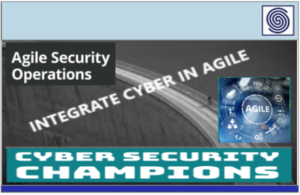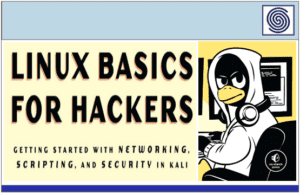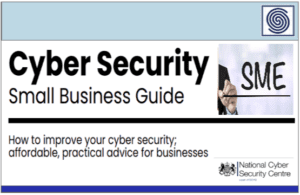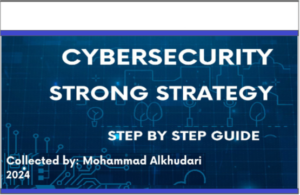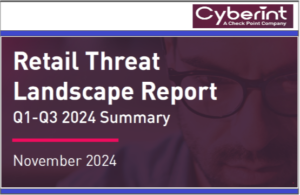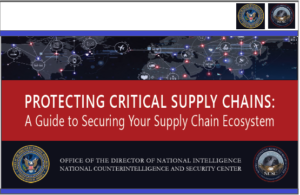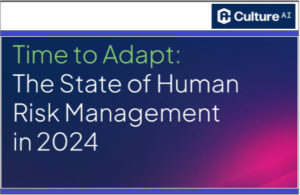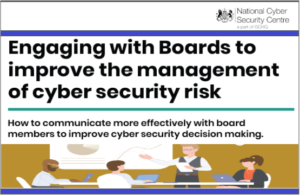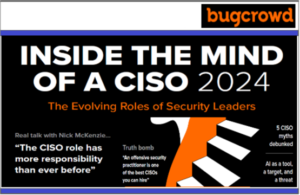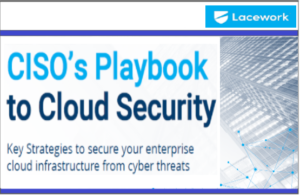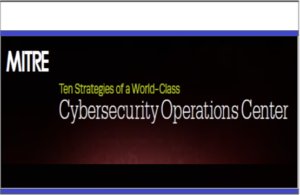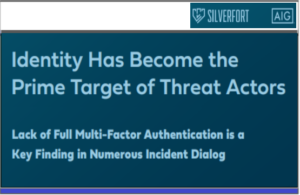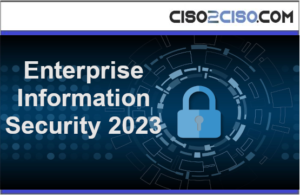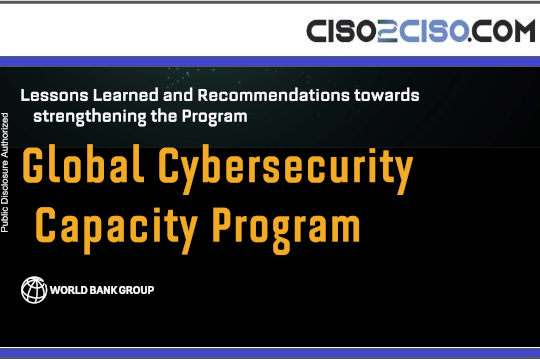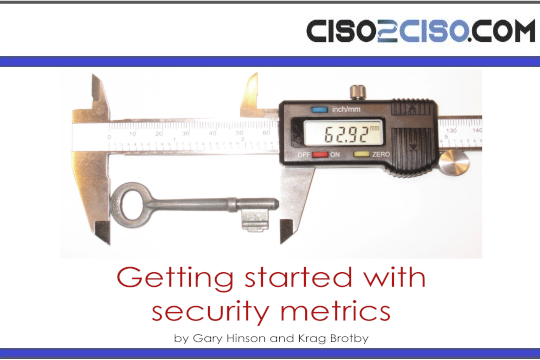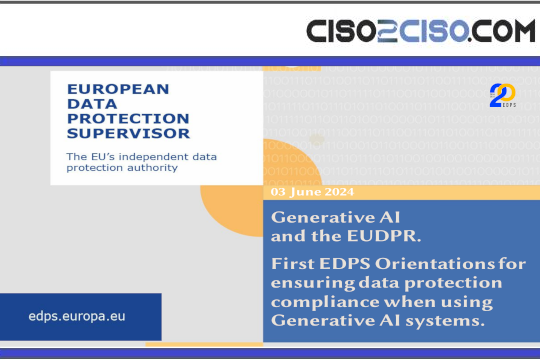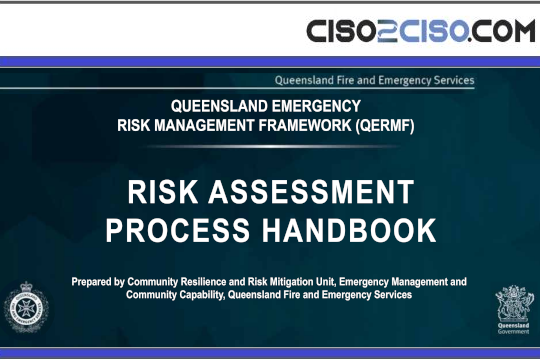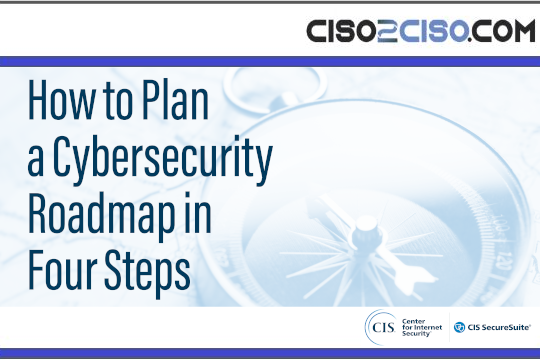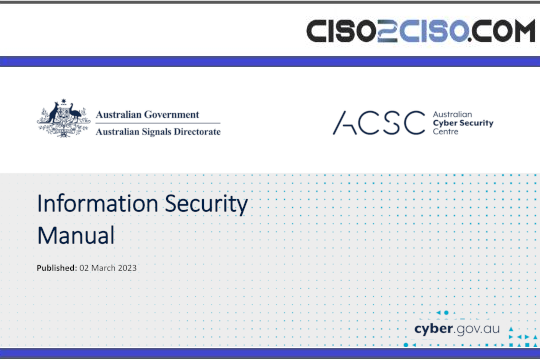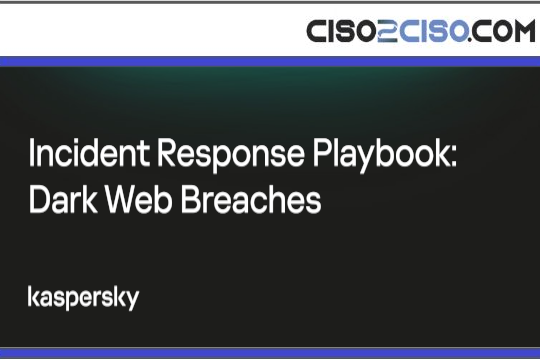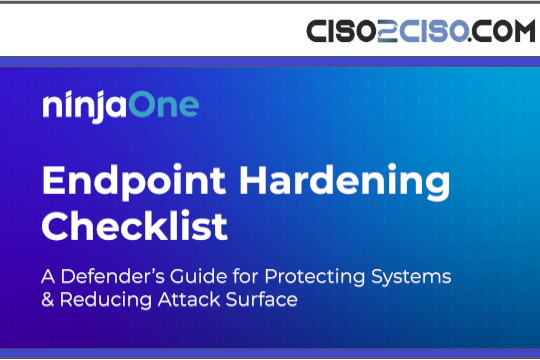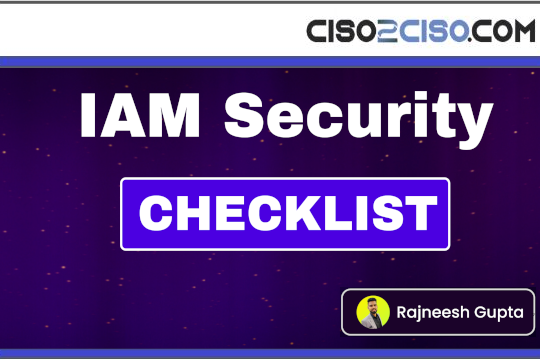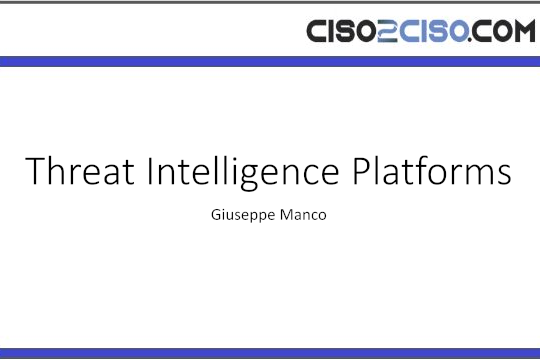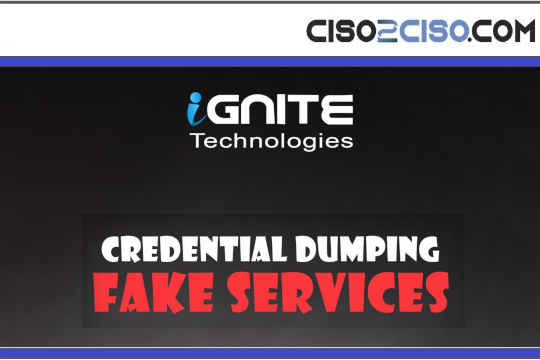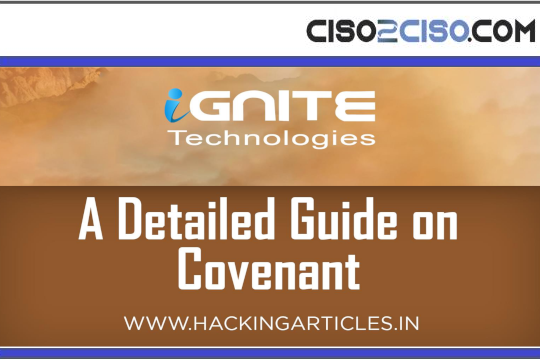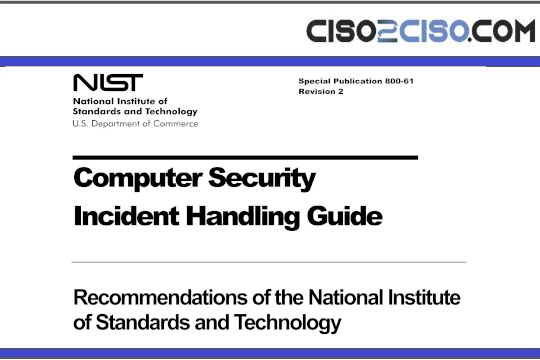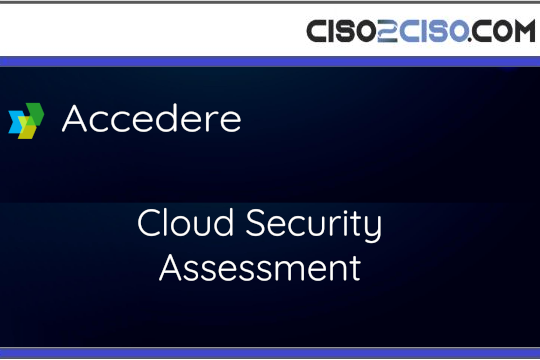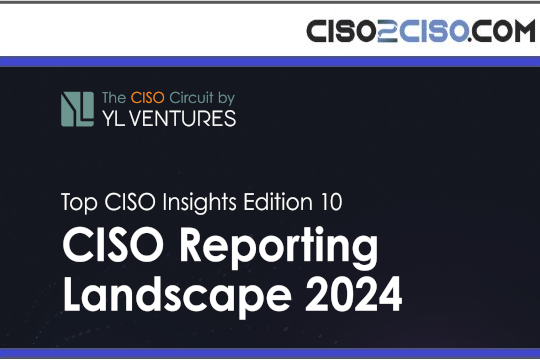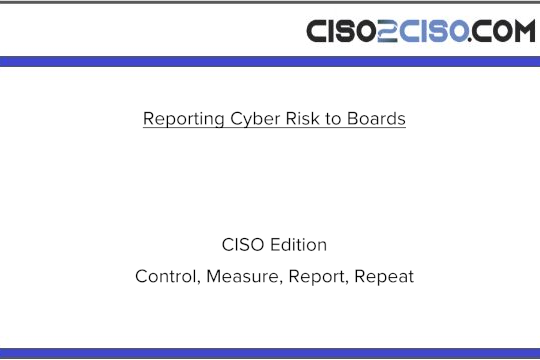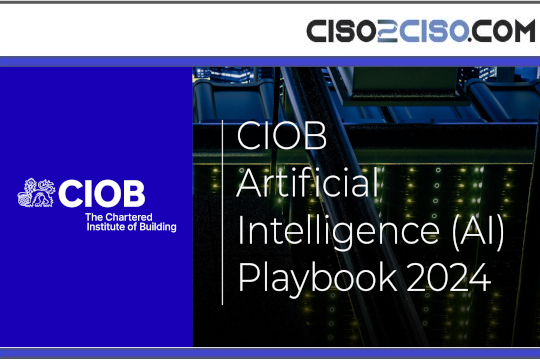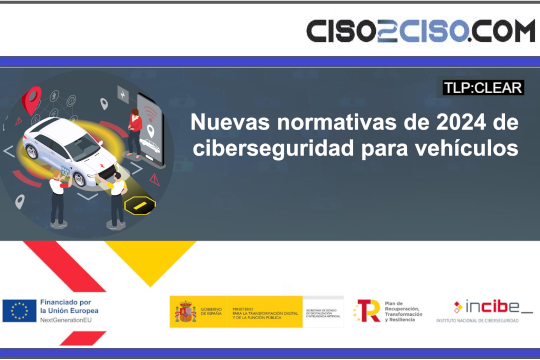Source: www.schneier.com – Author: Bruce Schneier
Comments
Gadi Evrom • August 13, 2025 1:39 PM
Thank you for covering our work. We felt it was time to gather ‘round and see what’s actually useful in AI, regardless of whether it’s in vulnerability research or GRC. It’s time to take AI back from the marketers.
Gadi Evron • August 13, 2025 1:40 PM
Thank you for covering our work. We felt it was time to gather ‘round and see what’s actually useful in AI, regardless of whether it’s in vulnerability research or GRC. It’s time to take AI back from the marketers.
not important • August 13, 2025 6:21 PM
AI can make us UK’s biggest firm, Rolls-Royce says
https://www.bbc.com/news/articles/ce8772d4jzgo
=Rolls-Royce’s plan to power artificial intelligence (AI) with its nuclear reactors could make it the UK’s most valuable company, its boss has said.
The engineering firm has signed deals to provide small modular reactors (SMRs) to the UK and Czech governments.
Rolls-Royce already supplies the reactors that have powered dozens of nuclear
submarines. Mr Erginbilgic said the company has a massive advantage in the future market
of bringing that technology on land in the form of SMRs.
SMRs are not only smaller but quicker to build than traditional nuclear plants, with
costs likely to come down as units are rolled out.
He estimates that the world will need 400 SMRs by 2050. At a cost of up to $3bn each, that’s another trillion dollar-plus market he wants and expects Rolls-Royce to dominate.=
Clive Robinson • August 14, 2025 4:08 AM
@ not important, ALL,
With regards “Small Modular Reactors”(SMRs) whilst,
“SMRs are not only smaller but quicker to build than traditional nuclear plants, with
costs likely to come down as units are rolled out.He estimates that the world will need 400 SMRs by 2050.”
Is truish the estimate for needed SMRs for just AI/Data center plans alone was given as actual more than 2500 SMRs world wide by the late 2030’s (though this has been “backed-off” more recently).
What is left out is SMRs are like the worlds most toxic batteries that can not be recycled…
Russia is a case in point they produced a number of reactors for naval vessels not just submarines but ice breakers and they worked for maybe thirty years… Less than half a century after commissioning the vessels are tied up as rotting hulks in out of the way navy yards because Russia can not dispose of them in a suitable way.
Plutonium by the way is perhaps the most poisonous element there is and last time I looked it up it was said that 20grams or about 2/3rds of an ounce was sufficient to kill an American football stadium full of people relatively quickly.
And there are a lot more “fun” radionuclides hiding away in the other metals and structural materials caused by the energy of neutrons etc just smashing into other atoms[1].
Some have half lives measured in more than 10,000years. Not the kind of stuff you want shoved in landfill or dumped in the sea (which are the two “low cost” most favoured ways to get rid of waste…).
[1] You can read about some of the fun stuff about radio uclieds at,
https://nuclear-energy.net/what-is-nuclear-energy/radioactivity/radionuclide
finagle • August 14, 2025 5:52 AM
@Clive
depends what the reactor technology is.
Plutonium is the primary product of fast breeder reactors, which were the main design developed post WWII to rapidly create weapons grade material. Subsequent generations of reactors have moved to more complete radio-isotope decay producing less plutonium etc. The expectation for SMRs is that they are going to be built as thorium reactors, which actually consume the plutonium they generate and produce significantly less waste, and of significantly lower toxicity and difficulty of disposal.
The Russian reactors you’re referring to were built with intentionally inadequate shielding and discharging waste directly into their environment. Suggesting replicating those designs is quite unlikely to win any tenders, but I’m not going to rule it out after Microsoft signed a 20 year deal to buy electricity generated from the 70s vintage Pressurised Water Reactor on 3 Mile Island. Yes, that 3 Mile Island, and using a reactor right next door to a very similar but slightly larger and more modern one that failed. Got to power co-pilot somehow right.
As for radioactivity, it’s important to understand levels and types. We live in a radioactive environment, without which we would possibly not exist. Radio isotopes abound. Cut granite leaks radon, bananas produce anti-matter from potassium decay.
My concern about new nuclear energy plants is that they’re new thorium based designs, small, and designed with state of the art cybersecurity to avoid being weaponised. Of those 3 I can see the last one being the real problem. Oh, and in the UK ideally UK owned, but that might make them the only utility that is.
iAPX • August 14, 2025 7:41 AM
I worked on a projet of automated code audit, trying different LLLM (some instructs, some code-instruct) at different sizes.
A part of this project has been naturally to evaluate code security, and strategies with different LLM to at least pre-evaluate it to enable review by a Senior coder.
I discovered that some of them are backdoored: not only you might put instructions on code comment to NOT report a backdoor in code (it was expected), you might use variable names, function names, character strings to change its behaviour!
And I say it’s backdoored for one of them in 7b and 14b, because the more you use the word “backdoor” inside it the more safe the code is considered by these LLMs.
A one-liner php that move an uploaded file (no check whatsoever) wherever it’s asked for (no check whatsoever). The dumbest code possible to be able to effectively backdoor a webapp.
 Subscribe to comments on this entry
Subscribe to comments on this entry
Leave a comment
Sidebar photo of Bruce Schneier by Joe MacInnis.
Original Post URL: https://www.schneier.com/blog/archives/2025/08/ai-applications-in-cybersecurity.html
Category & Tags: Uncategorized,AI,cybersecurity,videos – Uncategorized,AI,cybersecurity,videos
Views: 2


